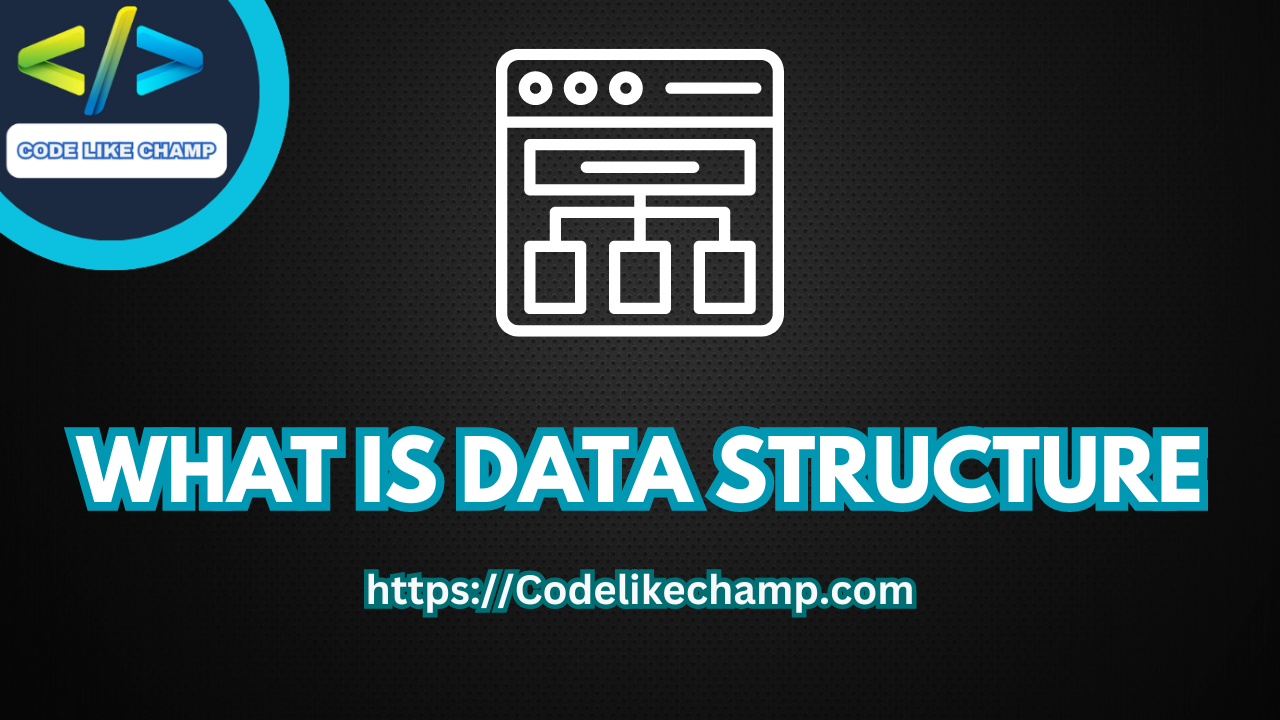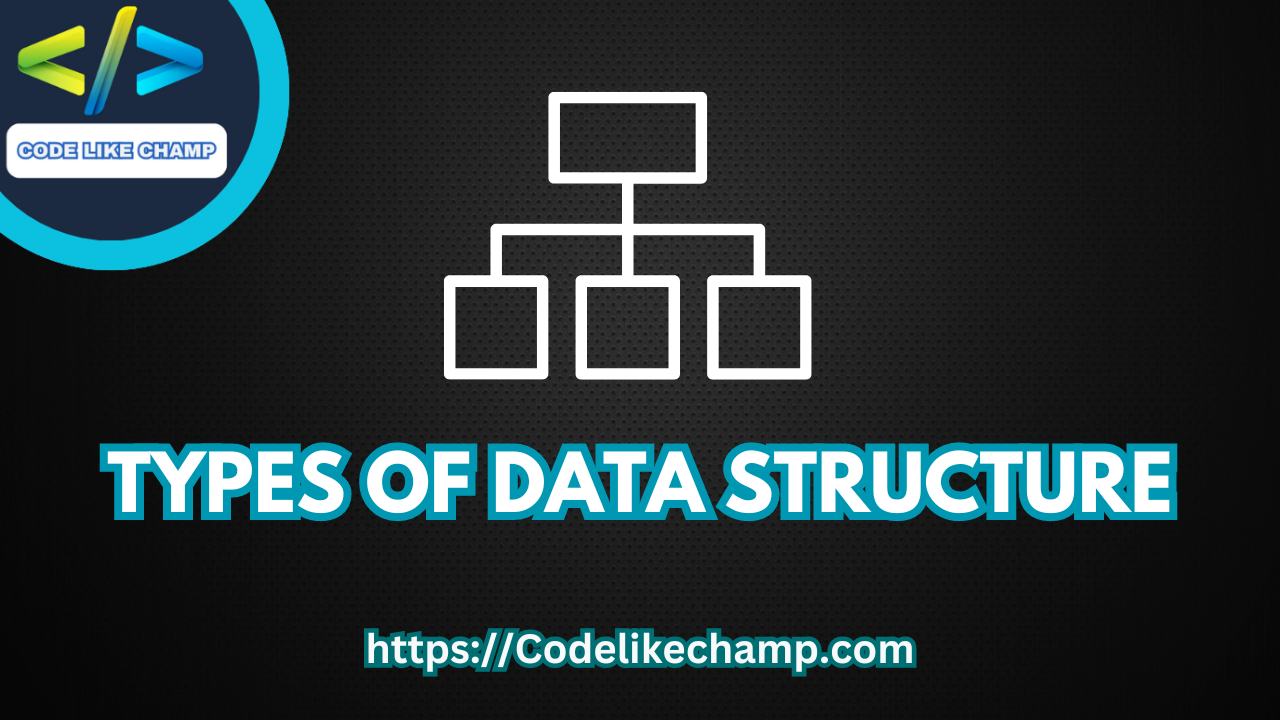Introduction to Multi-dimensional Array
In the realm of data structures, multi-dimensional array emerge as powerful constructs, enabling the representation of complex data in multiple dimensions. In this article, we embark on an exploration of multi-dimensional arrays, elucidating their definition, applications, characteristics, types, advantages, and limitations.
WANT TO PRO IN DATA STRUCTURE JUST VISIT THIS PAGE IT WILL BE BENEFICIAL FOR YOU –>> DATA STRUCTURE

What is a Multi-dimensional Array?
A multi-dimensional array is a data structure that organizes elements in multiple dimensions, forming a matrix-like structure. Unlike one-dimensional arrays, which represent data in a linear sequence, multi-dimensional arrays allow for the representation of data in two or more dimensions, such as rows and columns.
Why We Use Multi-dimensional Arrays in Data Structure:
Multi-dimensional arrays find extensive use in scenarios where data needs to be organized in multiple dimensions to represent complex structures efficiently. They are employed in various domains such as image processing, matrix operations, game development, and scientific computing. Multi-dimensional arrays facilitate the manipulation and analysis of structured data, enhancing the efficiency of algorithms and computations.
Characteristics of Multi-dimensional Arrays:
- Structured Organization: Multi-dimensional arrays organize elements in a matrix-like structure, allowing for the representation of data in rows and columns or higher dimensions.
- Index-Based Access: Elements in a multi-dimensional array are accessed using indices corresponding to each dimension, enabling efficient random access to elements.
- Homogeneous Data Storage: Multi-dimensional arrays store elements of the same data type, ensuring homogeneous data storage and facilitating uniform data manipulation.
Types of Multi-dimensional Arrays:
While multi-dimensional arrays are conceptually similar across programming languages, their implementations may vary. Common types of multi-dimensional arrays include two-dimensional arrays, three-dimensional arrays, and higher-dimensional arrays, depending on the number of dimensions required to represent the data effectively.
Advantages of Multi-dimensional Arrays:
- Structured Representation: Multi-dimensional arrays provide a structured representation of data, making it easier to conceptualize and manipulate complex data structures.
- Efficient Data Access: Multi-dimensional arrays facilitate efficient access to elements through index-based retrieval, enabling fast data retrieval and manipulation.
- Versatility: Multi-dimensional arrays can represent a wide range of data structures, from simple matrices to complex data grids, making them versatile tools in various domains.
Disadvantages of Multi-dimensional Arrays:
- Fixed Size Limitation: Multi-dimensional arrays often require a predetermined size at declaration, limiting their flexibility in handling dynamic data sizes.
- Memory Overhead: Multi-dimensional arrays may incur memory overhead, especially for large arrays with sparse data, leading to inefficient memory utilization.
- Complexity: Manipulating multi-dimensional arrays may involve complex indexing and traversal logic, increasing code complexity and maintenance overhead.
Code Examples and Outputs:
Let’s explore implementations of multi-dimensional arrays in various programming languages:
- Multi-dimensional Arrays in C#
using System;
class Program
{
static void Main(string[] args)
{
// Creating a 2D array
int[,] multiArray = new int[2, 3] { { 1, 2, 3 }, { 4, 5, 6 } };
// Printing elements
Console.WriteLine("Elements of 2D array:");
for (int i = 0; i < 2; i++)
{
for (int j = 0; j < 3; j++)
{
Console.Write(multiArray[i, j] + " ");
}
Console.WriteLine();
}
}
}
Output:
Elements of 2D array: 1 2 3 4 5 6
- Multi-dimensional Arrays in C
#include <stdio.h>
int main() {
// Creating a 2D array
int multiArray[2][3] = { {1, 2, 3}, {4, 5, 6} };
// Printing elements
printf("Elements of 2D array:\n");
for (int i = 0; i < 2; i++) {
for (int j = 0; j < 3; j++) {
printf("%d ", multiArray[i][j]);
}
printf("\n");
}
return 0;
}
Output:
Elements of 2D array: 1 2 3 4 5 6
- Multi-dimensional Arrays in C++
#include <iostream>
int main() {
// Creating a 2D array
int multiArray[2][3] = { {1, 2, 3}, {4, 5, 6} };
// Printing elements
std::cout << "Elements of 2D array:" << std::endl;
for (int i = 0; i < 2; i++) {
for (int j = 0; j < 3; j++) {
std::cout << multiArray[i][j] << " ";
}
std::cout << std::endl;
}
return 0;
}
Output:
Elements of 2D array: 1 2 3 4 5 6
- Multi-dimensional Arrays in Python
# Creating a 2D array using list of lists
multiArray = [[1, 2, 3], [4, 5, 6]]
# Printing elements
print("Elements of 2D array:")
for row in multiArray:
print(*row)
Output:
Elements of 2D array: 1 2 3 4 5 6
- Multi-dimensional Arrays in PHP
<?php
// Creating a 2D array using array of arrays
$multiArray = array(array(1, 2, 3), array(4, 5, 6));
// Printing elements
echo "Elements of 2D array:\n";
foreach ($multiArray as $row) {
foreach ($row as $element) {
echo $element . " ";
}
echo "\n";
}
?>
Output:
Elements of 2D array: 1 2 3 4 5 6
- Multi-dimensional Arrays in Java
public class Main {
public static void main(String[] args) {
// Creating a 2D array
int[][] multiArray = { {1, 2, 3}, {4, 5, 6} };
// Printing elements
System.out.println("Elements of 2D array:");
for (int i = 0; i < 2; i++) {
for (int j = 0; j < 3; j++) {
System.out.print(multiArray[i][j] + " ");
}
System.out.println();
}
}
}
Output:
Elements of 2D array: 1 2 3 4 5 6
- Multi-dimensional Arrays in JavaScript
// Creating a 2D array using array of arrays
let multiArray = [[1, 2, 3], [4, 5, 6]];
// Printing elements
console.log("Elements of 2D array:");
multiArray.forEach(row => {
console.log(row.join(" "));
});
Output:
Elements of 2D array: 1 2 3 4 5 6
Conclusion:
Multi-dimensional arrays stand as versatile tools in data structure implementations, offering structured representations of complex data in multiple dimensions. Despite their advantages such as structured representation and efficient data access, multi-dimensional arrays come with limitations such as fixed size constraints and memory overhead. Understanding the characteristics and applications of multi-dimensional arrays equips programmers to leverage their strengths effectively while mitigating their limitations in diverse software development scenarios.
For more visit my website Codelikechamp.com




